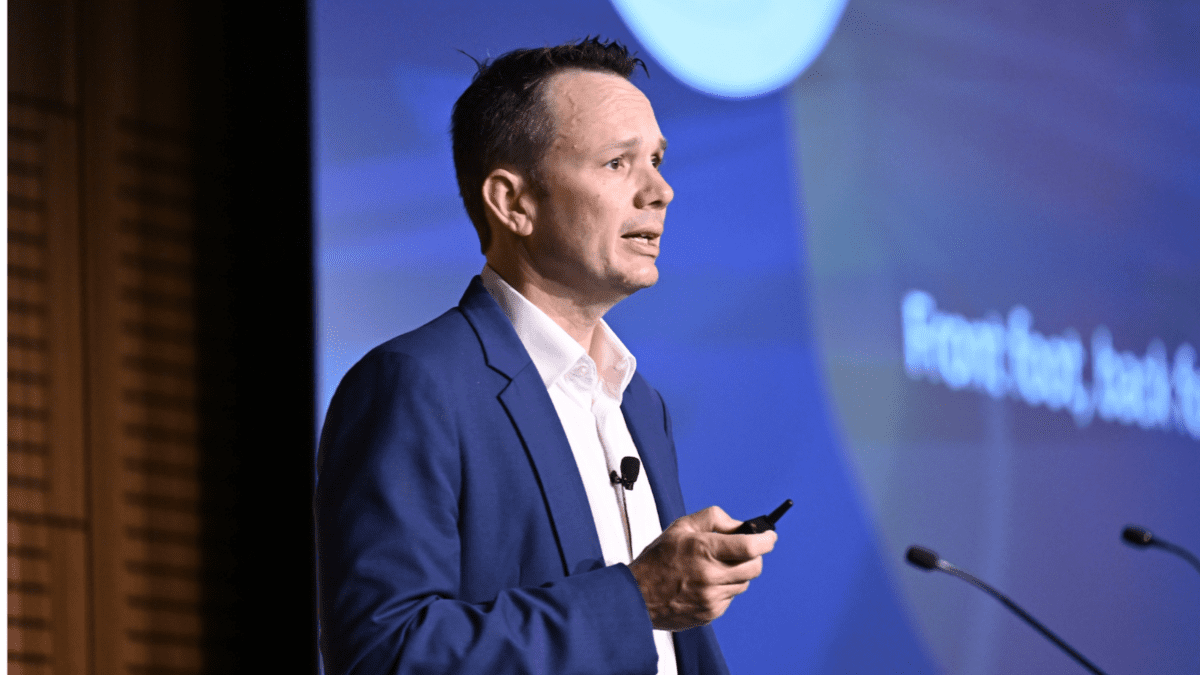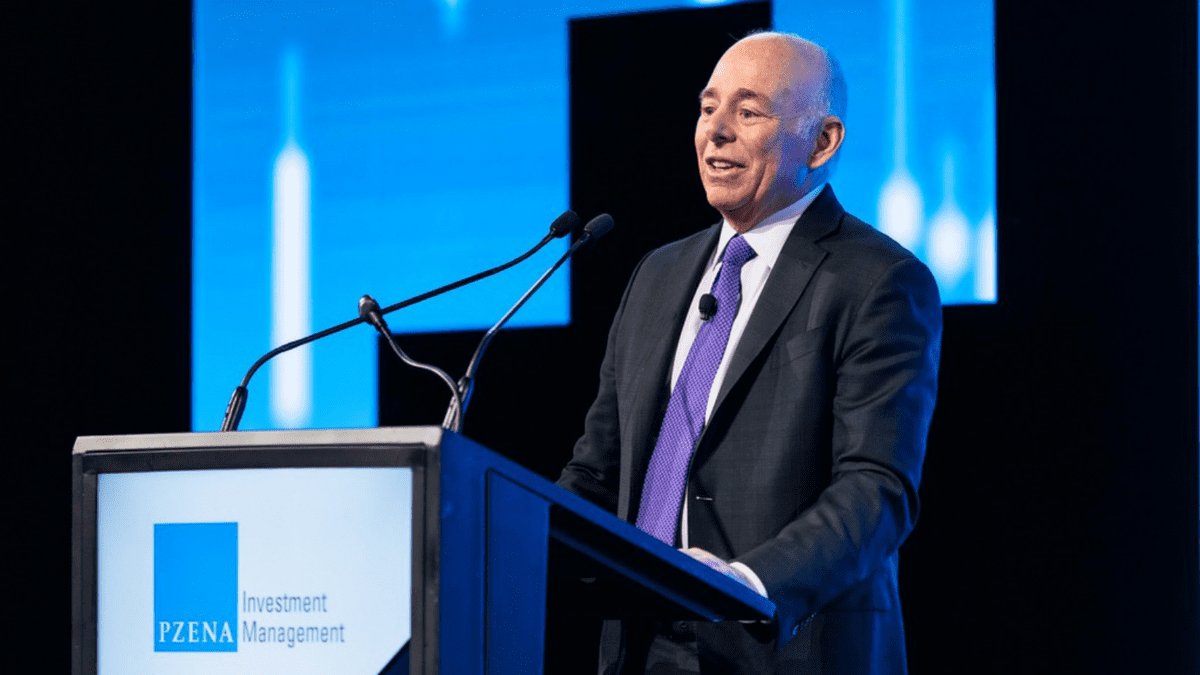Volatility on the Atlantic House local menu in ‘24
A growing conviction that Australian investors are re-thinking diversification – and their alternatives allocation – has London-based fund manager Atlantic House Investments poised to introduce in 2024 a local feeder fund into its £143.6 million ($275.4 million) Uncorrelated Strategies Fund.
Launched in May 2022 with £30 million, the fund is designed to introduce additional diversification into multi-asset portfolios. It systematically invests in volatility and consists of two broad themes; long volatility, and ‘diversifiers’. The Long Vol strategy looks for ‘tail’ scenarios, where it can profit from rising implied (or realised) volatility, and thus, potentially act as a hedge against extreme market moves; the ‘diversifier’ sleeves use derivative strategies across components of equities, fixed income, credit, currencies, and commodities.
(Tail risk is the probability that an asset performs far below or far above its average past performance; if you think of a normal distribution curve, investors are most concerned with “left” tail risk, or the likelihood that the return falls three standard deviations below the average expected return, but right tail risk, where the asset performs radically better than expected, is also part of the concept.)
The diversifier sleeves are designed to offset one another, allowing the fund to tap into uncorrelated opportunities across asset classes. The diversifiers act as the alpha sources that should pay for owning the Long Volatility sleeves, which is an insurance product that comes with a cost.
The fund’s manager, Tom Boyle (pictured), says the main focus is Long Vol. “We run two different strategies that look to address really bad markets. That’s the tail-risk scenario, which we had in bonds this year, but haven’t necessarily had in equities. We also run some trend-following, for when markets are bad, but not very bad. That’s in the middle ground, just at the other sides of the normal distribution. And then in the middle, we’ve got three absolute-return, derivative-based strategies, which don’t rely on markets going up or going down.”
The fund is defensive, and is risk-weighted in favour of the tail-seeking strategies to offer investors more effective diversification in a market sell off. “We want to pick up the tails, but we’re also trying to generate returns in that central part of distribution. We’re trying to address as wide a range of scenarios as we can, but all using elements that are – whether it be behavioural or supply-demand-led – just market inefficiencies and return dispersions that you can naturally capture, as opposed to taking large directional bets in either direction,” Boyle says.
“The way to think about volatility is that you don’t have to make 10,000 per cent in a COVID sort of scenario; and realistically, the COVID-style scenario (of big fall and quick recovery, as in February-March 2020) is not going to happen again anytime soon, in that form. If we make 25 per cent to 30 per cent during a COVID-style scenario, great, but if that means that we can generate a return when markets are a little bit more benign, like we have had this year, that’s actually the goal of the strategy – we’re just trying to broaden-out the range of markets, and the menu of uncorrelated assets, in which we can generate returns for investors,” he says.
Most investors expect the VIX – the Chicago Board Options Exchange’s (CBOE’s) famous Volatility Index, which measures the share market’s expectation of volatility based on S&P 500 index options – to be the centrepiece of a Vol strategy, but Boyle says the fund trades only little on the VIX. “We use options over the underlying investments – whether that’s S&P 500, Treasury (US bond) futures, or options on individual companies.
A persistent diversifier
Atlantic House Group co-founder, and Australia head, Andrew Lakeman, says the firm’s recent discussions with Australian institutions have convinced it that the Uncorrelated Strategies Fund has a place in the Australian market.
“Volatility is the most persistent diversifier, and I think people are starting to realise that, as well as realising that diversity of assets in a portfolio – with different names – does not necessarily mean that you are diversified,” says Lakeman.
“A lot of assets are economically sensitive, and I think people understand that a bit better now. Certainly the 60:40 experience has been tough; low rates made the original diversifier uninvestable, and people realised that they went into ‘equities-by-disguise’.
Add to that the Australian market’s love of illiquid diversifiers, but investors are realising now that no-one values illiquid assets properly.”
In such a market, a daily-liquidity diversifier is attractive, he says. “It’s funny, we would not even use the term ‘liquid Alts’ in the UK and Europe, our clients would expect liquidity as a given. But we see that in Australia, that is a very important descriptor for clients.”
At this stage, says Lakeman, investors can expect to see an Australian feeder fund into the Uncorrelated Strategies Fund – with a return target of cash plus 400 basis points – in the first quarter of 2024.
Lakeman says the master fund has a management fee of 75 basis points, plus a performance fee of 20 per cent of return over the hurdle rate of the US Federal Funds rate plus 4 per cent. Subject to investor demand, Atlantic House would consider an income share class as well, to conform with the master fund. He says the feeder fund is most likely to be an unhedged US dollar share class: “We think Aussies would rather would bank on the US$ strengthening in a sell-off,” he adds.











